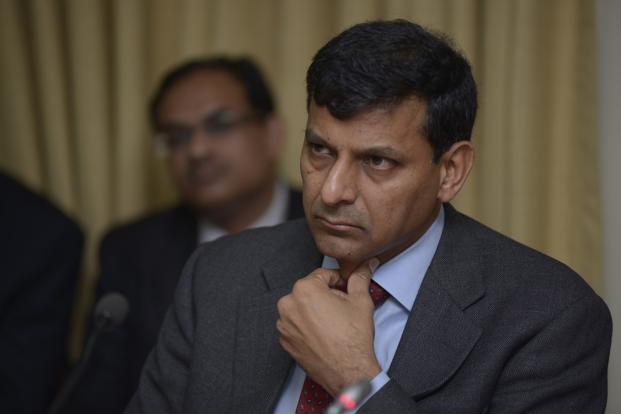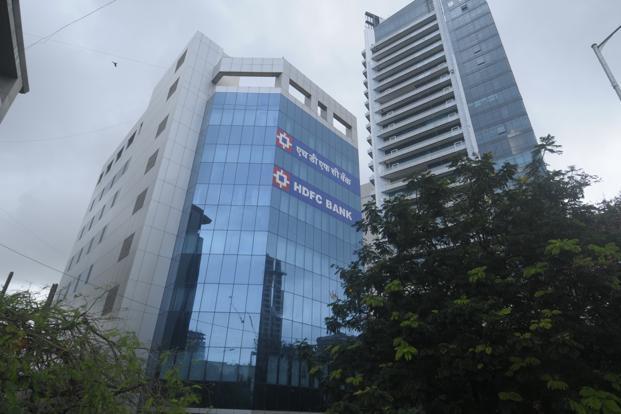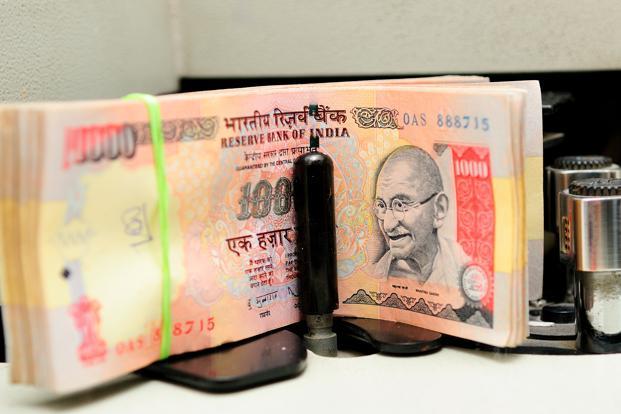Not too many in the market expected Reserve Bank of India (RBI) governor Raghuram Rajan to hike the policy rate in the third quarter review of monetary policy on Tuesday, 28 January. Most economists had said there would be no hike (42 of the 45 economists surveyed by Bloomberg expected a status quo), while bond dealers were divided on the outcome of the policy between a hike and a status quo. To that extent, Rajan surprised the markets by going for a quarter percentage point hike in the policy rate, raising it to 8%.
He did this despite saying that the momentum of economic growth will slow in the third quarter of fiscal 2014, industrial activity has been contracting and consumption demand has been weakening. Controlling inflation takes precedence over boosting growth in Rajan’s scheme of things.
The guiding principle of this policy is clearly the Urjit Patel committee report on monetary policy that has charted out a road map for consumer inflation—8% by January 2015, 6% by January 2016 and 4% with a 2 percentage point band thereafter.
In December, retail inflation declined to 9.87%, from 11.24% in the previous month, but far higher than 8%. The wholesale price inflation in December fell from 7.52% to 6.16%, but wholesale inflation is immaterial and the Indian central bank’s policy from now on will have nothing to do with this measure.
In the previous policy review, too, on 18 December, Rajan surprised the market by choosing to keep key policy rates unchanged despite both retail and wholesale inflation accelerating. He had said he would wait for more data to take a call on the policy rate trajectory. Since then, headline inflation dropped, but the so-called core inflation, or non-food, non-oil inflation, rose, albeit marginally. The core retail inflation rose to 8.1% from 8% and core wholesale inflation rose from 2.63% to 2.75%.
Inflation warrior Rajan has stuck to his guidance and gone for a quarter percentage point hike. He sees upside risks to the 8% consumer price inflation forecast and wants to set the economy firmly on the disinflationary path. To ensure that, he has bought insurance in the form of the rate hike.
Will we see more rate hikes in the coming months? At this juncture, the chances are slim. Indeed, the direction of the monetary policy will be data-dependent, but if the disinflationary process unfolds in sync with RBI’s projection, further policy tightening in the near term is ruled out and there could even be a rate cut in the medium term. The guidance has not spoken about a rate cut, but in his interaction with the media, after the announcement of the policy, Rajan hinted at following “an accommodative monetary policy” if inflation drops.
Rajan has articulated his policy well, but there is clearly an element of surprise. Both retail and inflation figures dropped substantially in December and will drop further in the coming months. Most analysts expect retail inflation to be around 8.5% or even less and wholesale inflation at less than 6% by March. Rajan could have gone ahead with this hike in December itself and pressed the pause button now. Instead, he has preferred to wait for the Patel panel report to have his action endorsed.
At the post-policy press conference, when a reporter pointed out that RBI’s action has been hawkish, but its guidance dovish, Rajan said, “We are neither hawks nor doves. We are owls,” and his deputy Patel added, “vigilant when others are resting”.
Nobody can deny Rajan the credit for being vigilant against price rise.
The key takeaway from the policy is the quarter percentage point hike in RBI’s key policy rate as much as its guidance that there would be no more hikes in near future. We have reached the end of the rate-hiking cycle unless inflation springs a nasty surprise.



